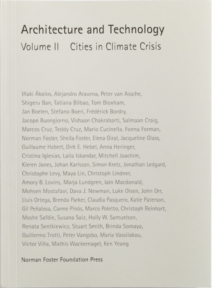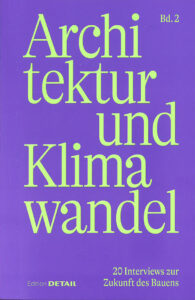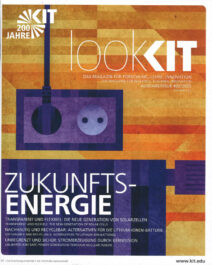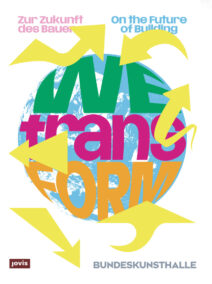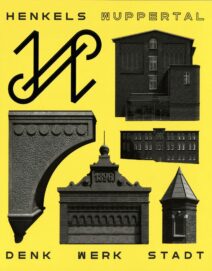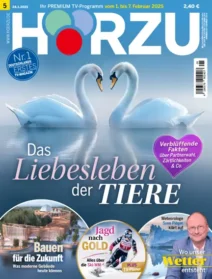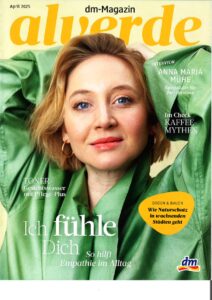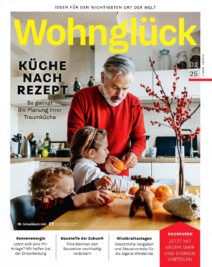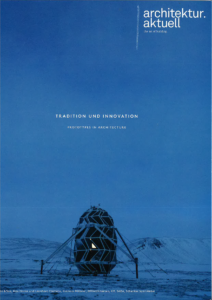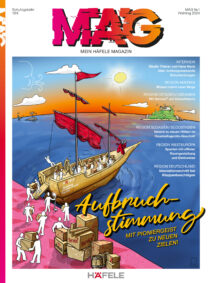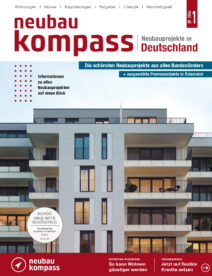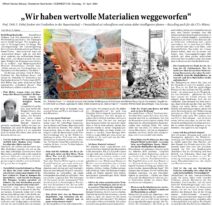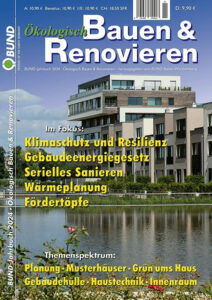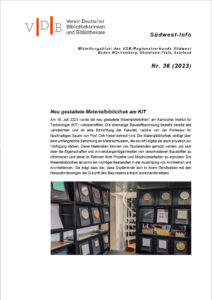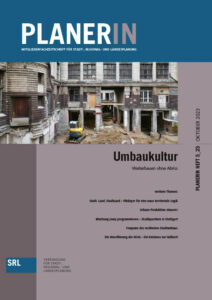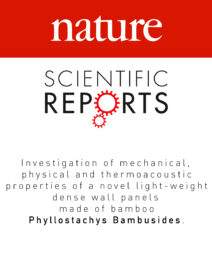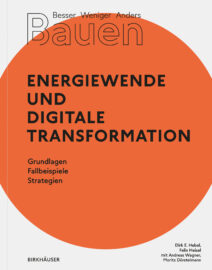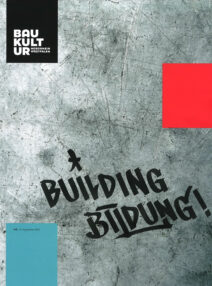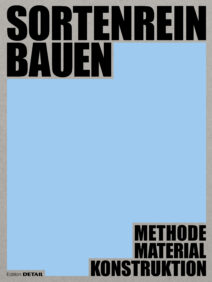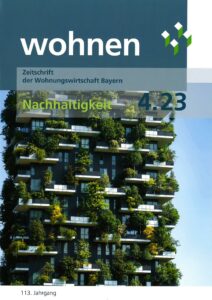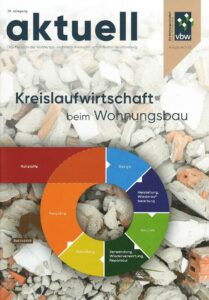Tropical Town Project Batam with prototypes of newly developed materials of the Alternative Construction Materials Team of FCL Singapore and the Professorship Dirk E. Hebel KIT Karlsruhe
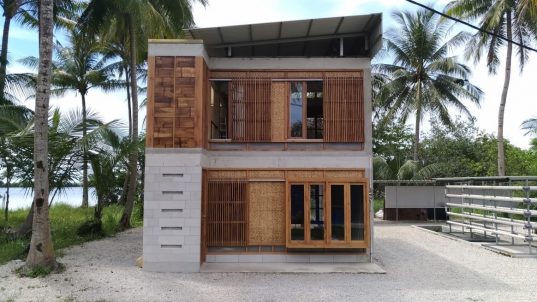

By 2025, Indonesia will need 30 million houses to house its residents, which means the country needs to build around 1.2 million new houses per year. Access to formal public housing, however, especially for the low-income group, is still elusive due to the cost and the difficulties of securing financing.The Tropical Town project by Singapore Future Cities Laboratory’s Urban-Rural Systems team around Prof. Stephen Cairns aims to develop alternative sustainable settlements that provide affordable housing for the low income inhabitants in developing countries, particularly in the tropics.
The planning strategy of Tropical Town is to integrate small living units with public spaces and productive landscapes. Each unit called Rubah can gather 100% of the rainwater for clean water, manage 100% of liquid and solid waste, afford 60% of the self-sufficient energy which will be integrated with an on-grid system with PLN, and 20% of food that family needs. The Rubah has been constructed with help of the Alternative Construction Materials Module FCL Nazanin Saeidi and Alireza Javadian and the Professorship of Dirk E. Hebel at KIT Karlsruhe using local building materials such as bamboo, Meranti timber, rammed earth, and mycelium. The kitchen has been designed as a mobile kitchen to provide the opportunity to run a small food business to increase household incomes.
The first phase of Tropical Town was an explorative study conducted through symposiums, workshops and exhibitions in Singapore, the Netherlands, Switzerland, Germany and Indonesia. The second phase of this project is focused on design development, experimental studies and the implementation of the ground floor construction of the Rubah unit along with the provision of the smallest systems in Tropical Town. The third phase will continue with design development, the experimental and construction studies of the Rubah’s upper floors.
The Alternative Construction Materials Module FCL and the Professorship of Dirk E. Hebel at KIT Karlsruhe has also taken responsibility for design and construction of the second and third phase of the project. Currently the team has finished the production of newly developed bamboo composite elements as an external wall cladding element. The team together with Mycotech from Indonesia has also finished the production and installation of innovative mycelium tiles as an internal wall cladding and is currently finalizing the design for the 3rd floor of the building, which should be finished also this year.

